Your Home Should Smell Like Fall, Not a Chemical Factory. Here’s How.
I can still conjure the exact smell of my grandmother’s kitchen in late October. It wasn’t just one thing; it was a symphony. You had the sharp sweetness from the crate of apples by the door, the dusty, warm spice from the cinnamon tin, and the faint, earthy scent of damp leaves from our boots. That, to me, is the real smell of autumn.
In this article
For years, I’ve been obsessed with botanicals, learning the ropes from traditional artisans and eventually developing my own approach to natural home goods. I’ve learned one crucial thing: recreating that cozy, authentic feeling doesn’t come from a plastic-wrapped air freshener. It comes from understanding the ingredients themselves.
So, this isn’t about quick chemical fixes. It’s about sharing the methods the pros use to create rich, layered scents that make a house feel like a home. We’ll cover everything from simple stovetop simmers to crafting essential oil blends that actually work. My goal is to help you go beyond single-note scents and start creating a true aromatic atmosphere for your home this season.
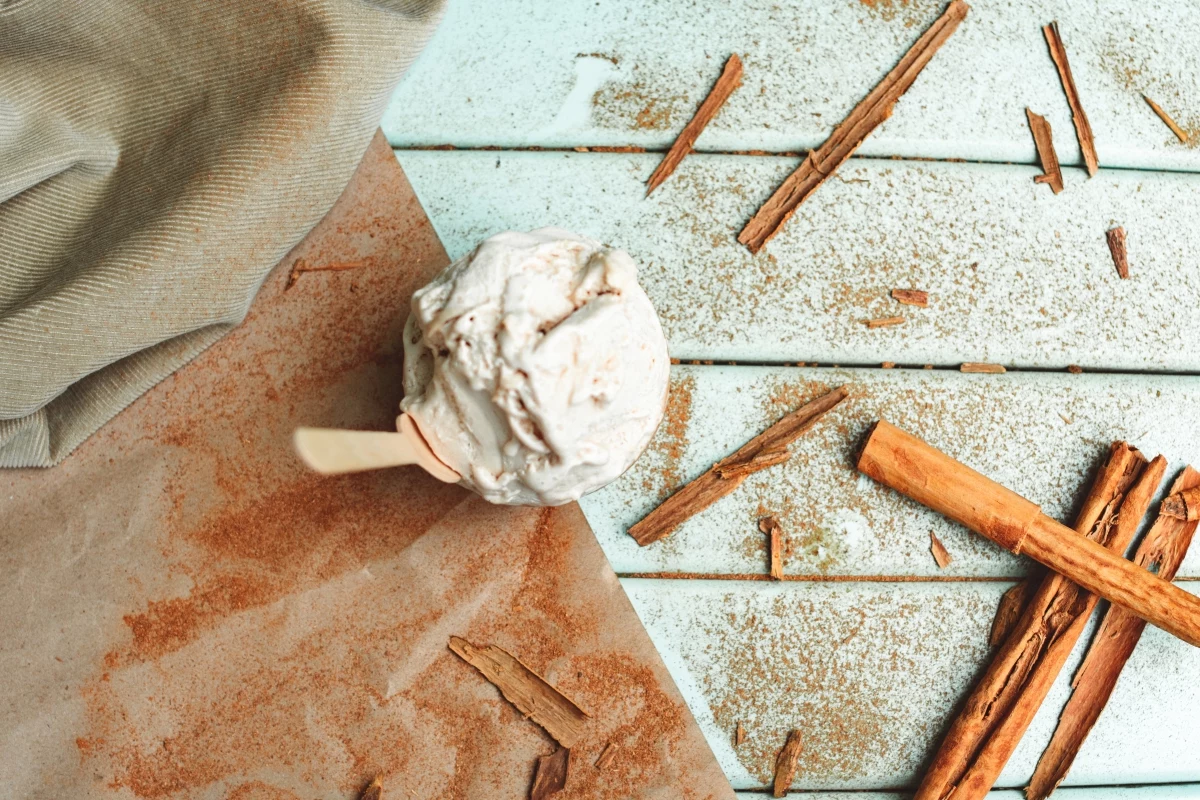
First, a Little Scent Science (The Fun Part!)
Before we start simmering away, it’s worth knowing why natural scents feel so much more real and comforting than synthetic ones. Honestly, it all comes down to complexity.
When you peel an orange, your nose gets hit with a scent made up of hundreds of different volatile compounds. A synthetic orange fragrance, on the other hand, might just have a handful of the main chemical components. It smells like the idea of an orange, but it lacks all the nuance and depth. This is why artificial scents can feel so flat and sometimes even trigger headaches—they’re simple and loud, while nature is complex and detailed.
Why a Simmer Pot Works So Well
A stovetop simmer pot is basically a mini chemistry experiment on your stove. You’re using hot water to gently release aromatic oils from plants. It works in layers:
- Top Notes: These are the light, bright scents that you notice first, like citrus peels. They evaporate quickly and make a great first impression.
- Middle Notes: These are the heart of the fragrance. Heavier molecules from spices like cloves and cinnamon need a bit more time and heat to release. They give the scent its main character.
- Base Notes: Ingredients like vanilla, cedar, or rosemary release their aromas very slowly. They anchor the scent, giving it depth and staying power.
Understanding this helps you build a better scent. If you only use orange peels, the smell will be lovely but gone in a flash. But add some cinnamon (a middle note) and a sprig of rosemary (a base note), and you’ve created a fragrance that evolves and lasts.
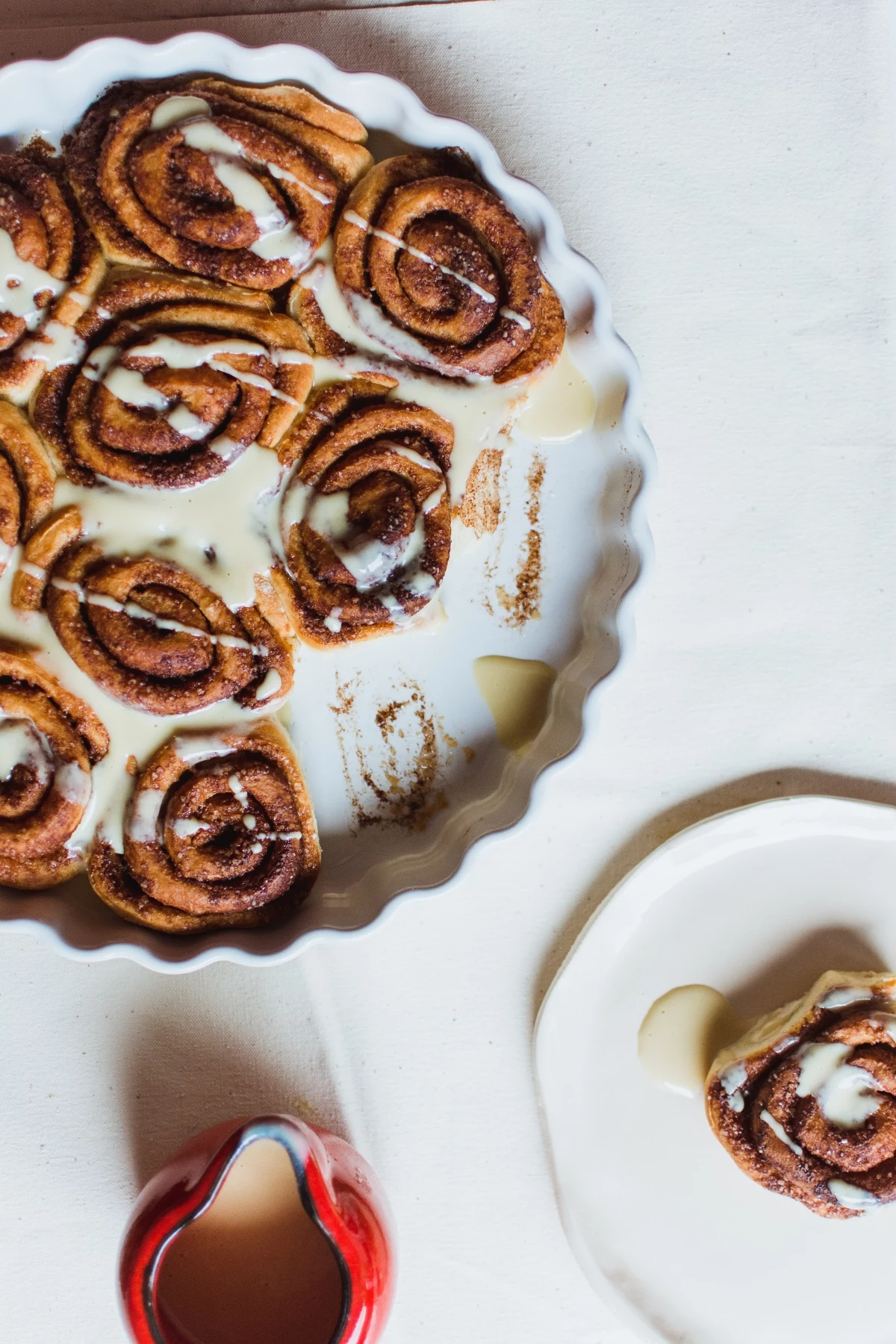
Sourcing Your Ingredients Like a Pro
The quality of your final scent is 100% dependent on the quality of your ingredients. Trust me, not all spices are created equal, and I’ve learned this the hard way over the years.
Spices: Always Go for Whole
This is a big one. Always, always choose whole spices for your simmers and potpourri. Ground spices have a massive surface area, meaning their precious volatile oils evaporate quickly on the shelf. They also turn your beautiful simmer pot into a murky, cloudy sludge.
- Cinnamon: You’ll usually see two types. Cassia is the common, reddish-brown, thick-barked stick with a strong, spicy-hot aroma. It’s great for that classic, powerful fall scent. Ceylon cinnamon is tan, with many thin, delicate layers and a more refined, complex fragrance.
- Cloves & Star Anise: Look for whole, unbroken pieces. Good-quality cloves should be dark and feel slightly oily. Quick tip: If you press a clove with your thumbnail and a tiny bead of oil appears, you know it’s fresh.
- Where to Buy (and Save Money): I almost never buy spices in those tiny, expensive jars from the supermarket. You can pay $6 for a 1-ounce jar of cinnamon sticks there, but you can get a whole POUND online from a bulk supplier like Mountain Rose Herbs for about $15. It’ll last you for years! Local ethnic markets are also fantastic sources for fresh, affordable spices.
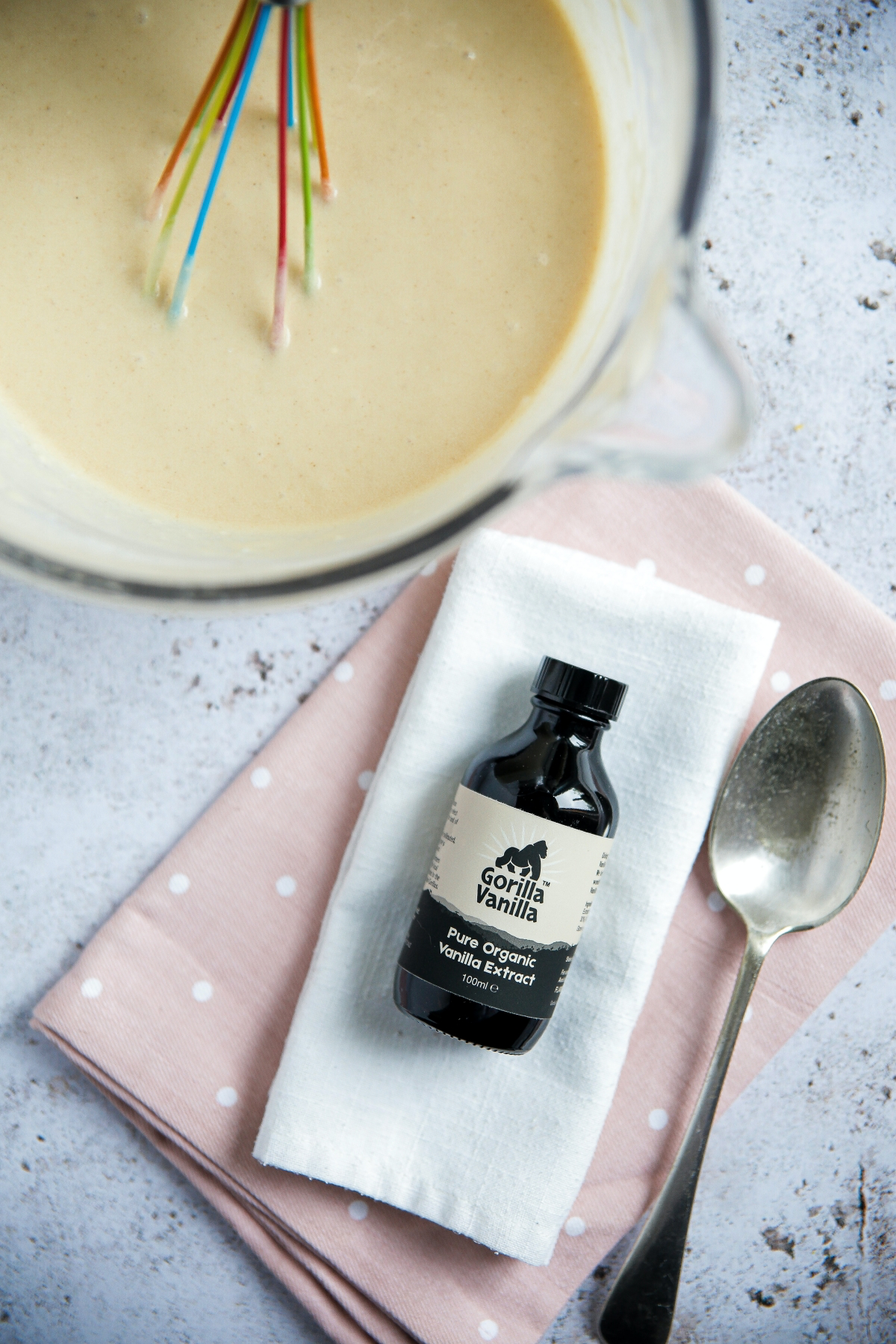
A Note on Essential Oils
Essential oils are powerful, concentrated plant extracts and need to be treated with respect. Please, don’t confuse them with synthetic “fragrance oils.” Look for bottles labeled “100% Pure Essential Oil” that list the botanical name. If a price for something like vanilla or sandalwood seems too good to be true, it is. It’s synthetic.
By the way, true vanilla essential oil is incredibly rare and expensive. For your simmer pots, a splash of pure vanilla extract from the baking aisle works perfectly and is way more cost-effective.
Method 1: The Classic Stovetop Simmer
This is the fastest way to fill your entire home with a warm, welcoming aroma. It also adds a bit of humidity to dry autumn air. You should start smelling that amazing scent fill your kitchen in about 15-20 minutes.
No Time? Try This Now: In a real pinch? Put a few orange peels and one or two whole cloves into a coffee mug, pour hot water over them, and set it on your desk. Instant personal simmer pot!
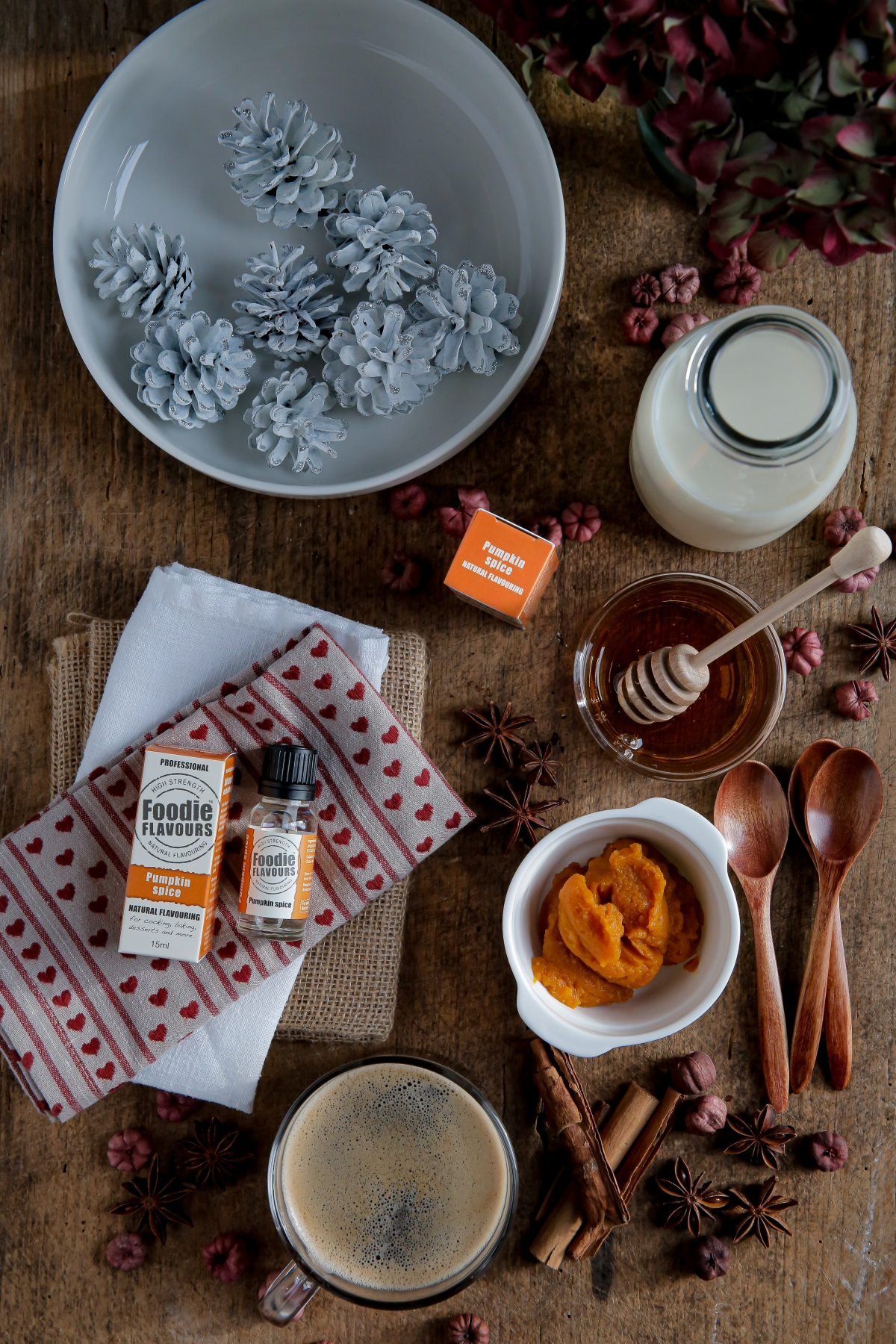
The Master Method
- Use a non-reactive pot like stainless steel or enamel. I’d avoid cast iron, as it can sometimes add a metallic tinge to the scent. A small slow cooker on low is a fantastic, energy-efficient option.
- Start with cold water, filling the pot about three-quarters full. This lets the ingredients heat up slowly, releasing their oils more gradually for a richer result.
- Add your ingredients—fruits, spices, herbs—to the cold water.
- Bring to a bare simmer over medium heat. Once you see steam and tiny bubbles, turn the heat down to the absolute lowest setting. You don’t want a rolling boil, which can cook the ingredients too fast and even create a burnt smell.
- Heads up! This is the most important part: Keep an eye on the water level. It will evaporate. I keep a kettle of hot water nearby and top it up every hour or so. Never let the pot boil dry. A scorched pot is a serious fire hazard and the smell of burnt cinnamon will linger for days (and not in a good way).
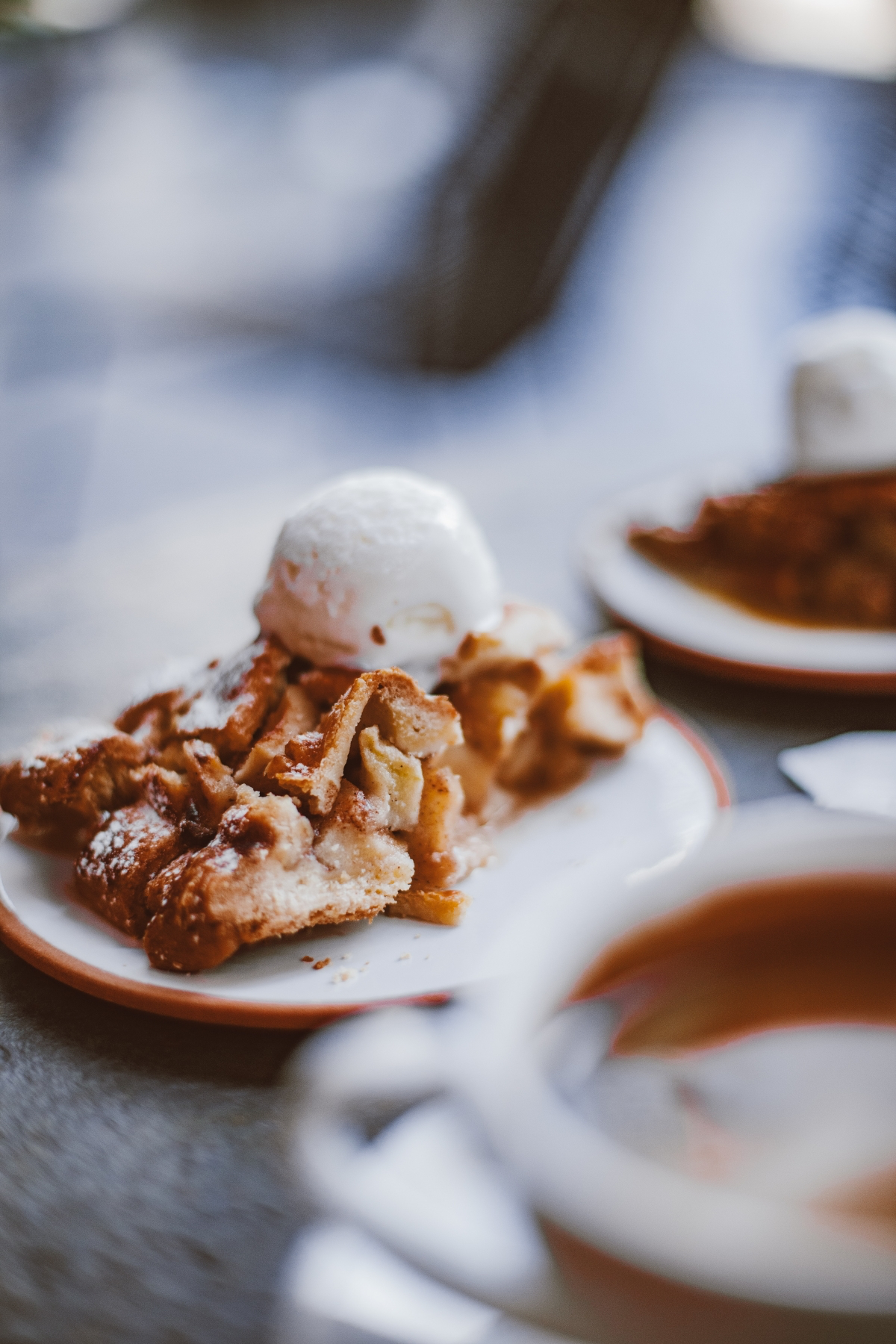
Two of My Favorite Simmer Recipes
Classic Autumn Kitchen: This smells like a pie is constantly baking. It’s warm, sweet, and a total crowd-pleaser. You’ll need an apple (sliced), the peel from one orange, 2 cinnamon sticks, 4-5 whole cloves, and a splash of vanilla extract (add this after it’s heated up). Just add everything to about 4 cups of water.
Woodland Walk: This one is less sweet and more earthy, like a crisp walk in the forest. For this, use a few sprigs of fresh rosemary, a handful of cranberries, the peel from one lemon, and a few thin slices of fresh ginger in 4 cups of water. For a real pro touch, add a few small cedar chips (you can find these in the barbecue or pet supply aisle).
A single batch of ingredients can usually be reused for 2-3 days. Just keep topping up the water.
Method 2: Long-Lasting Dry Potpourri
Dry potpourri offers a more subtle, long-term fragrance. The secret that most people miss? You need a fixative.

A fixative is a natural substance that soaks up essential oils and releases their scent very slowly. Without it, your potpourri will smell great for a week and then fade to nothing. My go-to is orris root powder, made from the root of an iris. You can find it on Amazon, Etsy, or from herbal suppliers online. A 4oz bag usually costs around $8 and will last you for ages.
The Curing Process is Key
- Gather your dry stuff: Think dried apple and orange slices (you can make your own in a low oven), whole spices, pinecones, etc.
- Mix your scent: In a small glass bowl, blend your essential oils. A good starting point is 20 drops Sweet Orange, 15 drops Cinnamon Leaf, and 10 drops Cedarwood.
- Charge the fixative: Add about 2 tablespoons of orris root powder to your oils and stir until it’s a damp, crumbly paste. This is your scent powerhouse.
- Combine and cure: Put your dry botanicals and the scented fixative into a large glass jar or a sturdy bag. Seal it and shake it really well.
- Now, the hard part: wait. Store the sealed container in a cool, dark place for at least two weeks, giving it a good shake every few days. This curing time is what allows the scent to fully infuse everything. Don’t rush it!
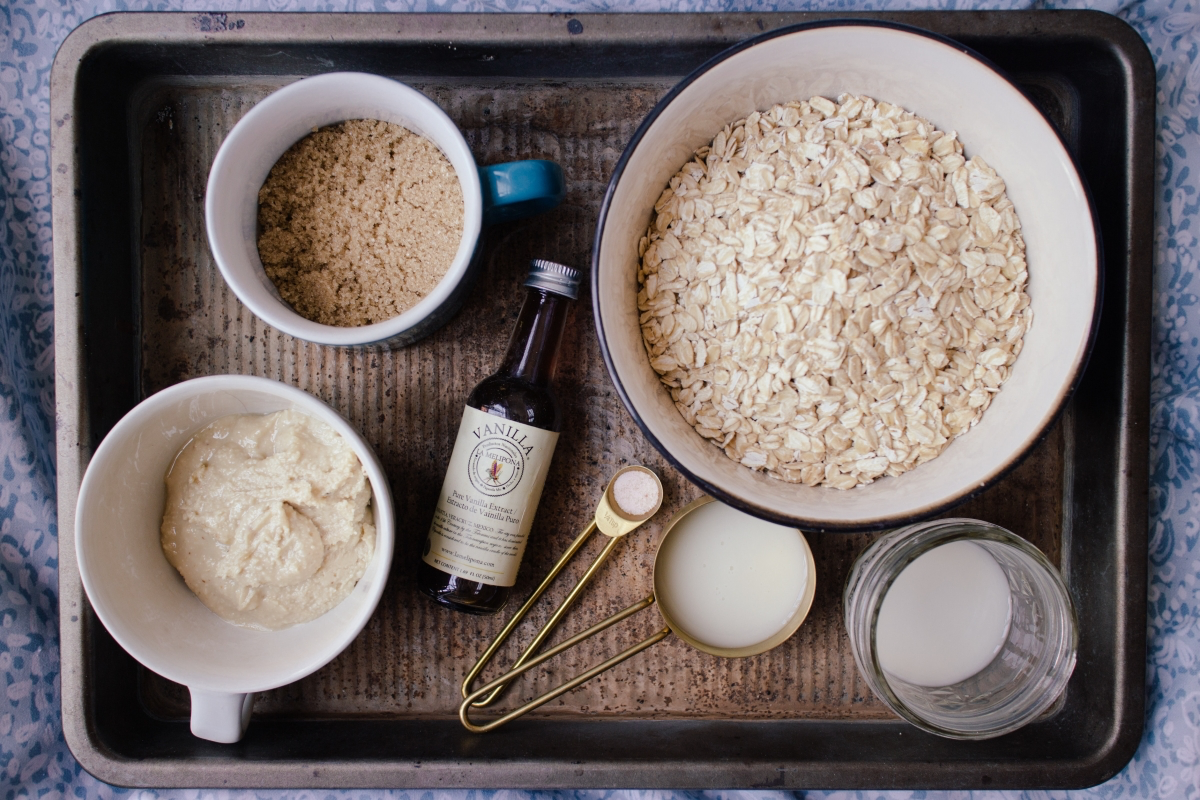
Method 3: Blending for an Ultrasonic Diffuser
A diffuser is great for pure essential oil aromas, but just dropping in one oil is a missed opportunity. Real blending is an art. A common mistake is adding way too many drops! More isn’t better; it can be overwhelming and cause headaches. For a standard 100ml diffuser, start with just 5-7 total drops.
Think of it like music: you need top, middle, and base notes for a full-bodied scent. Here are a couple of my favorite blends for a standard diffuser (add water first, then the oils).
Pumpkin Spice Latte Blend: 3 drops Sweet Orange (top), 2 drops Cinnamon Leaf (middle), 1 drop Nutmeg (middle), 1 drop Clove (middle – it’s strong!), and 2 drops Cedarwood (base).
Crisp Autumn Air Blend: 3 drops Douglas Fir (top/middle), 2 drops Frankincense (base), 2 drops Cypress (middle), and 1 drop Sweet Orange (top).
So, Which Method Is Best for You?
Wondering where to start? It really depends on what you’re looking for.
The Stovetop Simmer is your best bet for immediate, powerful fragrance. It’s perfect for when you’re having guests over or want that cozy feeling to hit you the second you walk in the door. The scent is strong and fills the whole house, but it requires active attention (topping up water) and is only fragrant while it’s on the stove. The upfront cost is minimal if you already have a pot and some common spices.
Dry Potpourri is the total opposite. It’s a low-and-slow, subtle approach. It’s for creating a gentle, background scent in a smaller space like a bathroom or entryway. The effort is all upfront during the curing process, but after that, it’s zero maintenance for months. The scent is very light, and the cost can be a bit higher if you need to buy the fixative and a variety of botanicals.
An Ultrasonic Diffuser is the modern middle ground. It offers a clean, pure scent without any heat and allows for precise blending. The scent strength is adjustable and can fill a room, but maybe not a whole house. The effort is minimal—just add water and a few drops of oil. The main consideration is the upfront cost of a decent diffuser (around $25-$50) and building a collection of quality essential oils.
A CRITICAL NOTE FOR PET OWNERS
This is incredibly important, so please pay close attention. Many essential oils are toxic to pets, especially cats and birds. Cats, in particular, lack a specific liver enzyme to process these compounds, which can lead to serious illness or even be fatal.
Oils to AVOID diffusing around cats include (but are not limited to): Cinnamon, Clove, Tea Tree, Wintergreen, Peppermint, Pine, and all citrus oils.
If you have pets, always ensure the room is well-ventilated when you’re using any kind of fragrance. More importantly, make sure your pet has a clear escape route to leave the room if the scent bothers them. Never, ever apply essential oils directly to a pet. When in doubt, your veterinarian is the best source of information. Generally, a stovetop simmer using whole ingredients is a safer option than a concentrated essential oil diffuser, but ventilation is still key for everyone’s health.
Creating a genuine autumn atmosphere is a hands-on process, but that’s what makes it so rewarding. It connects you to the season in a way no store-bought spray ever could. Start with one of these methods, experiment with scents you love, and soon you’ll be crafting your own signature blends that make your home feel uniquely yours.
Inspirational Gallery
Beyond the Simmer Pot: Scented Firestarters
For those with a fireplace, you can infuse the very act of lighting a fire with autumn’s best aromas. It’s a wonderfully rustic DIY project.
- Melt unscented soy wax in a double boiler.
- In a paper muffin cup, place a cotton wick and surround it with dried materials like pine needles, small pinecones, star anise, and dried orange peel.
- Pour the melted wax over the top and let it set completely. To use, simply place one in your fireplace and light the wick.
The human nose can distinguish at least 1 trillion different odors, a massive leap from the old estimate of 10,000.
This incredible sensitivity is why natural scents, with their hundreds of molecular compounds, feel so much more authentic and evocative than their synthetic counterparts. Your nose knows the difference between a real cinnamon stick and a chemical approximation, engaging memory and emotion on a deeper level.
How do I make my homemade potpourri scent actually last?
The secret ingredient professional florists and perfumers use is a ‘fixative.’ For a dry fall potpourri, a small amount of orris root powder or oakmoss is perfect. After arranging your dried apple slices, cinnamon sticks, and bay leaves in a bowl, sprinkle a teaspoon of the powder over them and gently toss. The fixative absorbs the essential oils you add, releasing them far more slowly and extending the life of your blend for weeks.
Don’t just think sweet. The latest trend in home fragrance leans into savory and herbal notes for a sophisticated, earthy atmosphere. Try simmering bay leaves, a sprig of fresh rosemary, and a few black peppercorns. This combination creates a clean, grounding, and uniquely autumnal scent that feels like a walk through a crisp forest, a perfect counterpoint to the season’s sweeter baking spices.
- Deeper, richer fragrance profile.
- Longer-lasting, subtle aroma.
- No heat or water required, preserving the oil’s pure structure.
The secret? A nebulizing diffuser. Unlike ultrasonic models that mix oil with water, a nebulizer uses pressurized air to atomize essential oils into a fine, pure mist. Brands like ArōmaTech offer high-quality nebulizers that are a true investment for scent connoisseurs.
Your scent source can be a key part of your autumn decor. Instead of a standard saucepan, consider using a small, dedicated pot for your stovetop simmers. A vintage copper pot adds a warm, reflective glow, while a miniature cast-iron cauldron, like those from Lodge, lends a rustic, hearth-like feel to the kitchen. It transforms a simple pot of water into a beautiful, bubbling centerpiece.
Important consideration: Before diffusing essential oils, check if they are safe for your pets. Cats, in particular, lack an enzyme to properly metabolize certain compounds found in oils like citrus, pine, and tea tree. Dogs can also be sensitive. Always ensure the room is well-ventilated and your pet can leave if they wish. When in doubt, stick to non-diffused methods like a simple stovetop simmer.
Nebulizing Diffuser: Atomizes pure essential oil without heat or water. This delivers the most potent, unadulterated aroma, ideal for purists. The scent is powerful and fills a large space quickly.
Ultrasonic Diffuser: Uses water and electronic frequencies to create a fine mist of oil and water. It acts as a mini-humidifier and is generally quieter and less expensive. The popular Vitruvi Stone Diffuser is a great example of this type, blending function with minimalist design.
For intense, therapeutic-grade scent, choose a nebulizer. For gentle, ambient fragrance and aesthetics, an ultrasonic model is perfect.
Think beyond the usual suspects for your simmer pot. To create a truly unique scent profile, experiment with these less common additions:
- Cardamom Pods: Lightly crush them to release a complex, sweet-spicy, and slightly camphorous aroma.
- Juniper Berries: Add a crisp, pine-like, and peppery note that smells like a brisk mountain trail.
- Star Anise: Lends a deep, warm licorice scent that pairs beautifully with citrus.
- Bay Leaves: Offer a savory, herbal undertone that balances sweeter ingredients.
A study from the Journal of Environmental Psychology found that the scent of pine can significantly lower stress and fatigue.
For a no-cost way to bring this effect indoors, gather a few fallen pinecones on your next walk. Bake them on a baking sheet at 200°F (95°C) for about 20-30 minutes to kill any bugs and gently open them up, releasing their natural woody fragrance. A basket of these warm pinecones makes for a simple, beautiful, and effective natural air freshener.










